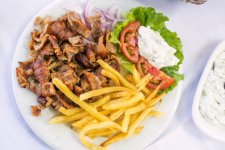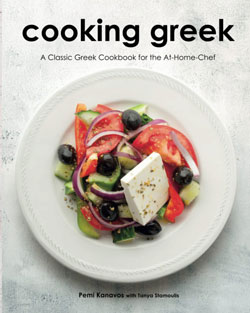ssherie_
Active member
Hey everyone, i’ve been noticing that a lot of the gyro places near my house are changing up their menu. They are now more options for sauce, and they’re adding new types of meats. This has me curious… what’s the most traditional way to eat gyro/souvlaki? I’ve never been to Greece so I don’t know if places in Canada are just catching up, or if they’re creating new trends.





